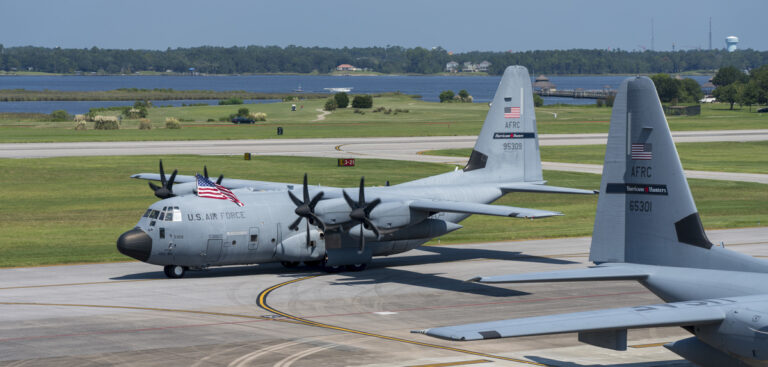Meteorologists from the US Naval Research Laboratory (NRL) will study a key component of the global water cycle known as atmospheric rivers.
The rivers in the sky, also known as the Maya or Pineapple Express, account for much of the horizontal moisture transported outside of the tropics – the Tropic of Cancer and Tropic of Capricorn – and up to the Arctic.
Carolyn Reynolds PhD, head of the probabilistic prediction research office at NRL, said, “These narrow rivers move a significant amount of water through the air, even though they take up a relatively small area. Large atmospheric rivers can transport as much moisture as the Amazon.”
The moisture, high surface winds and associated severe weather these rivers bring makes being able to predict them important to the Navy and Marine Corps. According to Reynolds, current weather models can be off by hundreds of kilometers even for short forecasts: “There is a lot about them we still need to understand, especially the ocean and air interactions. We have a basic knowledge, but still have to get to the details.”
Reynolds and James Doyle PhD, a senior scientist in NRL’s marine meteorology division, use methods called adjoints to study how the forecasts of the rivers are very sensitive to small changes in the structure of the rivers.
In early 2020, NRL will participate in an Eastern Pacific field project led by the Scripps Institute of Oceanography at the University of California, to collect in situ observations of atmospheric rivers.
During the project, NRL’s adjoint modeling system will be used to direct the US Air Force’s ‘Hurricane Hunter’ WC-130J. The goal is to provide optimal flight paths for the Hurricane Hunters to use their onboard sensors and deploy instrumented packages with parachutes known as dropsondes.
NRL meteorologists have developed a technique called the Forecast Sensitivity/Observation Impact to measure each datapoint’s impact on reducing forecast error and better understand biases in weather models.
Reynolds added, “Direct observations of actual weather conditions in these atmospheric rivers can have an outsized impact on our forecasts. In the past, we’ve shown that having at least two aircraft collecting observations can reduce our 24-hour forecast error as much as the entire North American radiosonde (weather balloon) network.”



